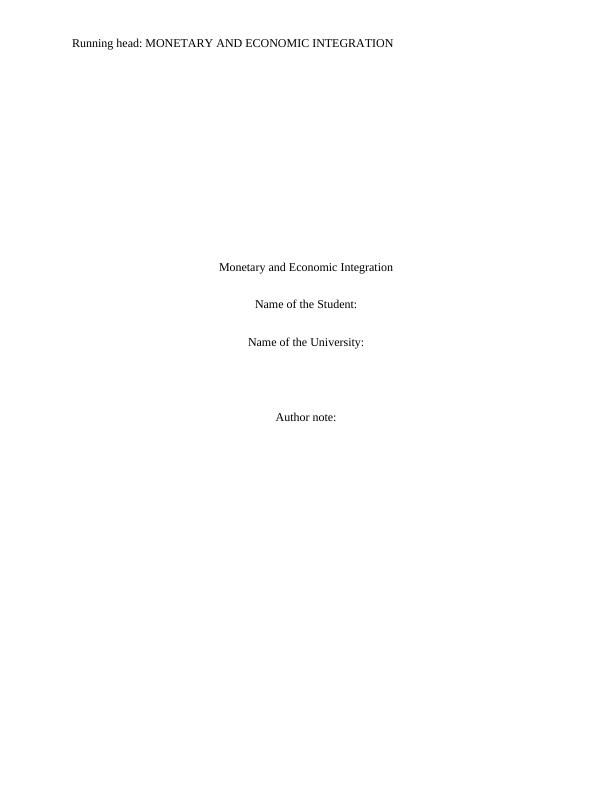(PDF) The Economic Integration
Added on 2021-04-24
8 Pages1548 Words7 Views
End of preview
Want to access all the pages? Upload your documents or become a member.
Report on the International Finance
|9
|2465
|75
International Financial Markets Institutions
|10
|2720
|63
European Monetary Union and its Impact on the Global FX Market
|7
|1506
|100
Multiple Or Single Currency System for ASEAN Report
|11
|3116
|177
Should ASEAN countries adopt common currency?
|10
|2761
|347
Global Business: The European Economic Community, MNCs Internationalisation, and Market Entry Analysis of Tesco
|16
|5328
|85



